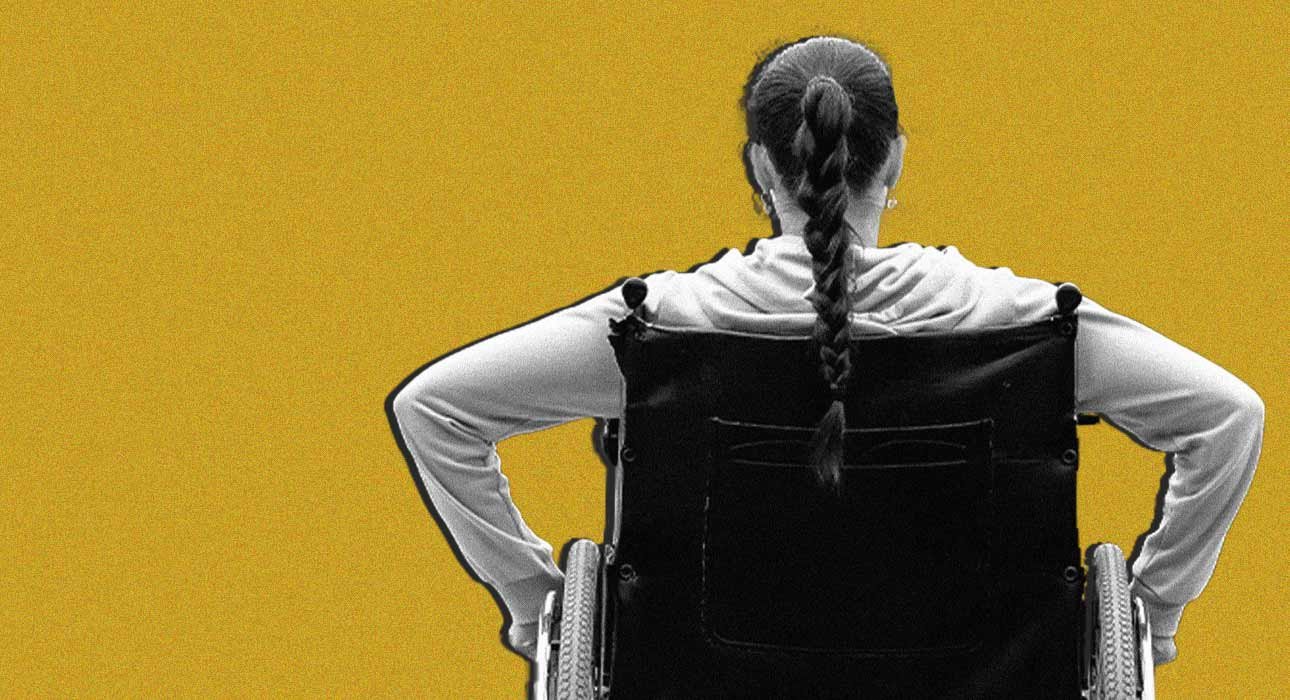India as a country has progressed in its infrastructure as well as programmes and more for the disabled people; a major part of it needs to be evaluated and understood in terms of vulnerability, which is the intersection of gender and disability in India. To put a lens on this context, it is safe to say that despite the various reforms in the country to safeguard and protect women, women still feel unsafe, and there are still risks all around. When a layer of vulnerability is added to it, especially in disabled women, one needs to explore it in depth. The same goes for men as well as all other genders in the country. This article talks more in depth about this double vulnerability with the intersection of gender and disability in India.
Vulnerability in Disabled Women
Disability care is not only a social phenomenon that must be followed, but is an actual concern, especially for women in the context of unhealthy or violent households or environments. Needless to say, this further impacts their mental and physical health, which can lead to stress, trauma, anxiety, and so much more, making them even more vulnerable. This can be further expanded by the research conducted by Riley A, Daruwalla N, Kanougiya S, Gupta A, Wickenden M, Osrin D. They examined the rate of anxiety and depression in women who were disabled with the help of cross-sectional studies with reference to domestic and emotional violence.
A statistic in 2022 showed how ‘A survey in Mumbai involving women aged 15–49 years with functional impairments (visual, locomotor, hearing) found that 20% of 123 ever-married disabled women had experienced past-year physical IPV, 23% emotional IPV (being insulted, humiliated or threatened) and 10% sexual IPV.’Riley A, Daruwalla N, 2022), this only goes to prove how, even between individuals, being a disabled woman can mean being added a layer of vulnerability due to these very serious social harms.
Read More: Violence against women, Mental health consequences, and Rehabilitation strategies
Access, Stigma and Mental Health
The research talks about socially constructed inequalities, and this can be especially useful in the context. The research found how disabled women often face higher rates of widowhood, divorce and secretion with high levels of stress and anxiety. Not only this, but an increase in age results in an increase in the difficulties faced by them as well, in addition to the increasing social stigma and health issues (Na Kkeeran N, 2018).
Schools, Education and Learning
Access to education as a person with a disability is a major concern. With the long-existing bias towards men as the better gender or the one that gets the right to education over women in the traditional Indian sense, women face a lot more discrimination in terms of access to education. This becomes a lot harder for women and girls with disabilities. Especially in rural and less developed areas, in terms of the ways of thinking, less progressive and developing or poor infrastructure to aid them for smooth learning and education at the nearest or farthest school and institutions, let alone the stigma that comes along with it as well. This makes them more vulnerable (Maurya, Akshay Trilokinath, 2024).
Conclusion
While the gender disparities hit hard for everyone. It is relatively a lot tougher for women with disabilities, and this is how the intersection of gender and disability played a role in layered vulnerability. As seen from the lean of schooling and educational access, stigma around disability and women with respect to household chores, domestic violence, emotional suppression, maternity and more, last but not least, the staggering statistics of the amount of pain they go through being in a developed city like Mumbai and a country like India. This is why awareness is so crucial.
FAQs
1. How is education hindered for women with disabilities?
This becomes a lot harder for women and girls with disabilities, especially in rural and less developed areas, in terms of the way of thinking, less progressive. And developing or poor the infrastructure to aid them for smooth learning. Education at the nearest or farthest school and institutions. Let alone the stigma that comes along with it as well.
2. How does gender disparity intersect with disability?
Disability care is not just a social obligation but also a genuine concern. Especially for women in the context of unhealthy or violent households or environments. Needless to say, this further impacts their mental and physical health, which can lead to stress, trauma, anxiety, and so much more, making them even more vulnerable. This can be further expanded by the research conducted by Riley A, Daruwalla N, Kanougiya S, Gupta A, Wickenden M, Osrin D.
References +
Riley A, Daruwalla N, Kanougiya S, Gupta A, Wickenden M, Osrin D. Intimate partner violence against women with disability and associated mental health concerns: a cross-sectional survey in Mumbai, India. BMJ Open. 2022 Apr 27;12(4):e056475. doi: 10.1136/bmjopen-2021-056475. PMID: 35477887; PMCID: PMC9047698.
Nakkeeran N, Nakkeeran B. Disability, mental health, sexual orientation and gender identity: understanding health inequity through experience and difference. Health Res Policy Syst. 2018 Oct 9;16(Suppl 1):97. doi: 10.1186/s12961-018-0366-1. PMID: 30301453; PMCID: PMC6178246.
Maurya, Akshay Trilokinath, Beyond Reservation: Educational and Employment Opportunities for Women with Disabilities (March 24, 2024). Economic and Political Weekly, Volume 60, Issue No. 19. Pp. 61-68, Available at SSRN: https://ssrn.com/abstract=5259791 or http://dx.doi.org/10.2139/ssrn.5259791
